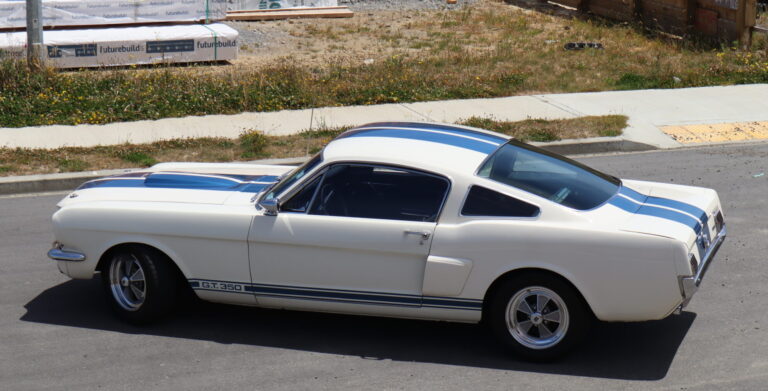We all know engine oil as that stuff you (or your mechanic) pour into your engine every service interval, but there’s a lot of science behind what it is, what it does, and how to choose the best oil for your car. We were able to pick ZIC Oils’ oil guys’ brains about the topic and get you all you need to know about the basics of motor oil, and why it matters.
data-animation-override>
“Just knowing that our car needs it wasn’t enough for us, we wanted the nitty-gritty about what motor oil actually does once it’s poured in.”
Motor oils are a mixture of a base oil and additives, designed to perform a variety of tasks — separating and lubing moving parts within the engine, reducing engine wear, helping prevent deposits from forming on internal engine components, removing and suspending dirt and contaminants in the oil until the next oil change, cooling engine parts, enhancing engine fuel economy, providing protection over a wide temperature range, and even helping to protect the emissions system. Dirt forms inside your engine as part of the normal combustion process, so keeping engine components clean is essential. If your engine components and oil passages are dirty, your vehicle’s efficiency will suffer.
Another handy thing to know when it comes to motor oils is the difference between the semi-synthetic and the fully synthetic.
Engine oil is made up of base oils and additives. The base oils are traditionally Group II oils, which are used to make the older-style mineral oils. Group III base oils are used to make semi-synthetic and fully synthetic engine oils. If Group III base oils are mixed with Group II oils, they are called semi-synthetic, and if only Group III base oils are used, they are fully synthetic. Group III base oils have the advantage of being more fuel efficient, producing less emissions, and are a requirement for most modern engines. Interesting fact — SK Lubricants, the makers of ZIC engine oil, are the largest supplier of Group III base oils in the world, which go into the engine oils of most leading brands.
Mentions of VHVI Technology are on plenty of motor oil containers, and the oil guys let us know what it all actually means for the running of your vehicle and how to choose an oil based on its oil viscosity.
VHVI Technology is SK Lubricant’s proprietary technology. It is short for ‘very high viscosity index’, and it refers to the ability of engine oil to be thin — of a low viscosity — at lower temperatures for smooth starts, even in freezing temperatures. At higher operating temperatures, the oil thickens to a higher viscosity in order to protect the engine and let the engine run smoothly. The index measures the way this viscosity changes at different temperatures – a high viscosity index means your oil is working hard at both start-up and operating temperatures.
Oil viscosity comes in a two-number format, for example, 10W-30. The first number (10) refers to the viscosity at room temperature, while the second number (30) refers to the viscosity at engine-operating temperature. A lower number at the front means easy starts. The number at the end has two meanings — essentially, if it’s higher, it is better protection for the engine, and if it’s lower it yields better fuel economy. The best thing you can do is get the right oil for your car and change it often. That way you can enjoy the best fuel economy and keep your engine protected. The molecules in the oil, which keep your engine protected, will break down over time, so changing frequently is the best thing you can do. A little money spent on oil will save you a lot in repair bills — it’s a false economy to buy the cheapest oil on the market.
The ZIC team’s last bit of advice was about the ever-important changing of the oil. They reckon that the car manufacturer will have guidance for when you should change your oil, but the best thing you can do is to change your oil frequently (every six months, or 7500km, whichever comes first). Follow your manufacturer’s guidelines, but changing it more frequently will preserve your engine’s protection.
ZIC Oil can be found at all good oil vendors, or you can just head over to their website at zic.co.nz to check out the range of products they’ve got available.


